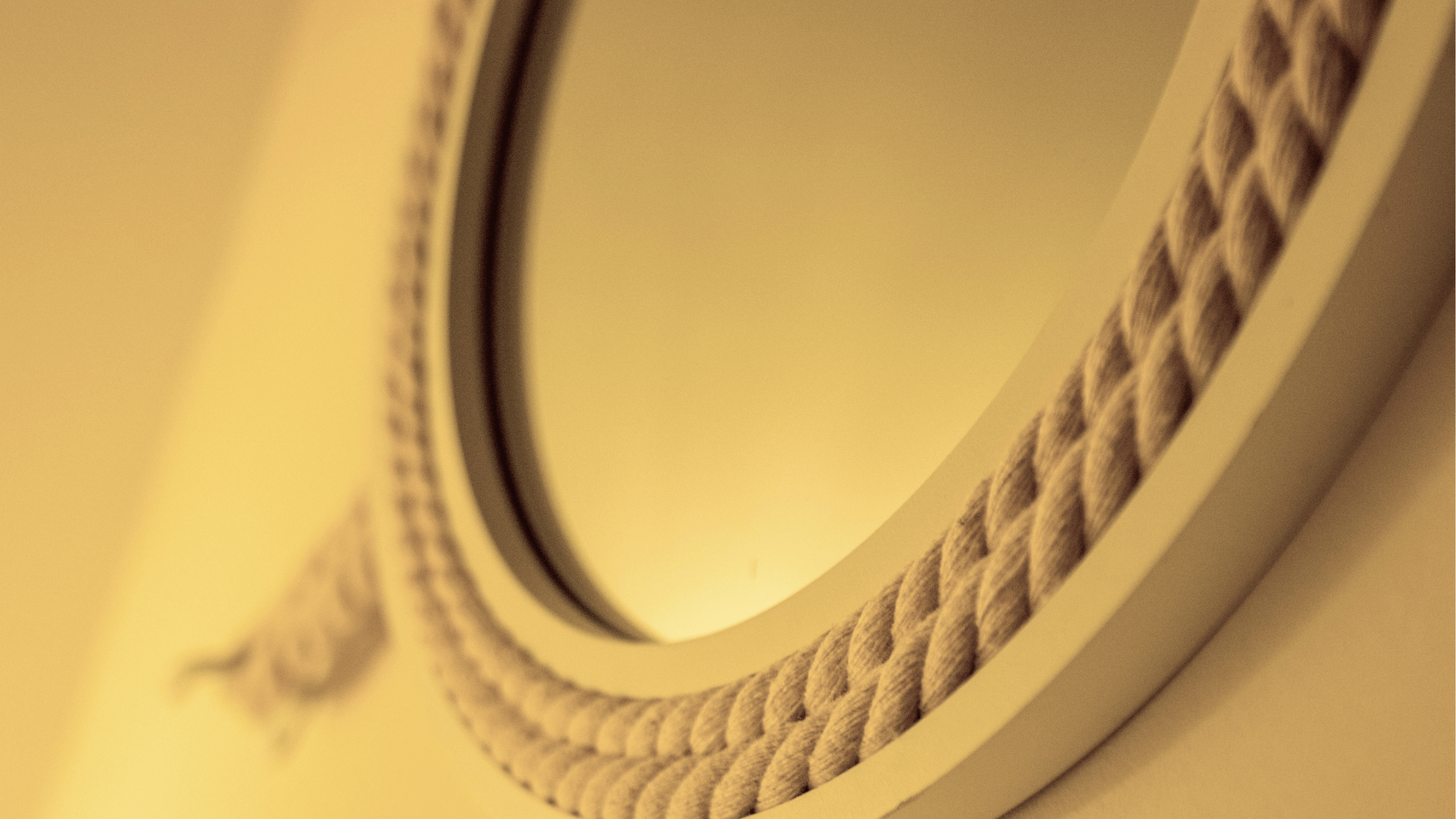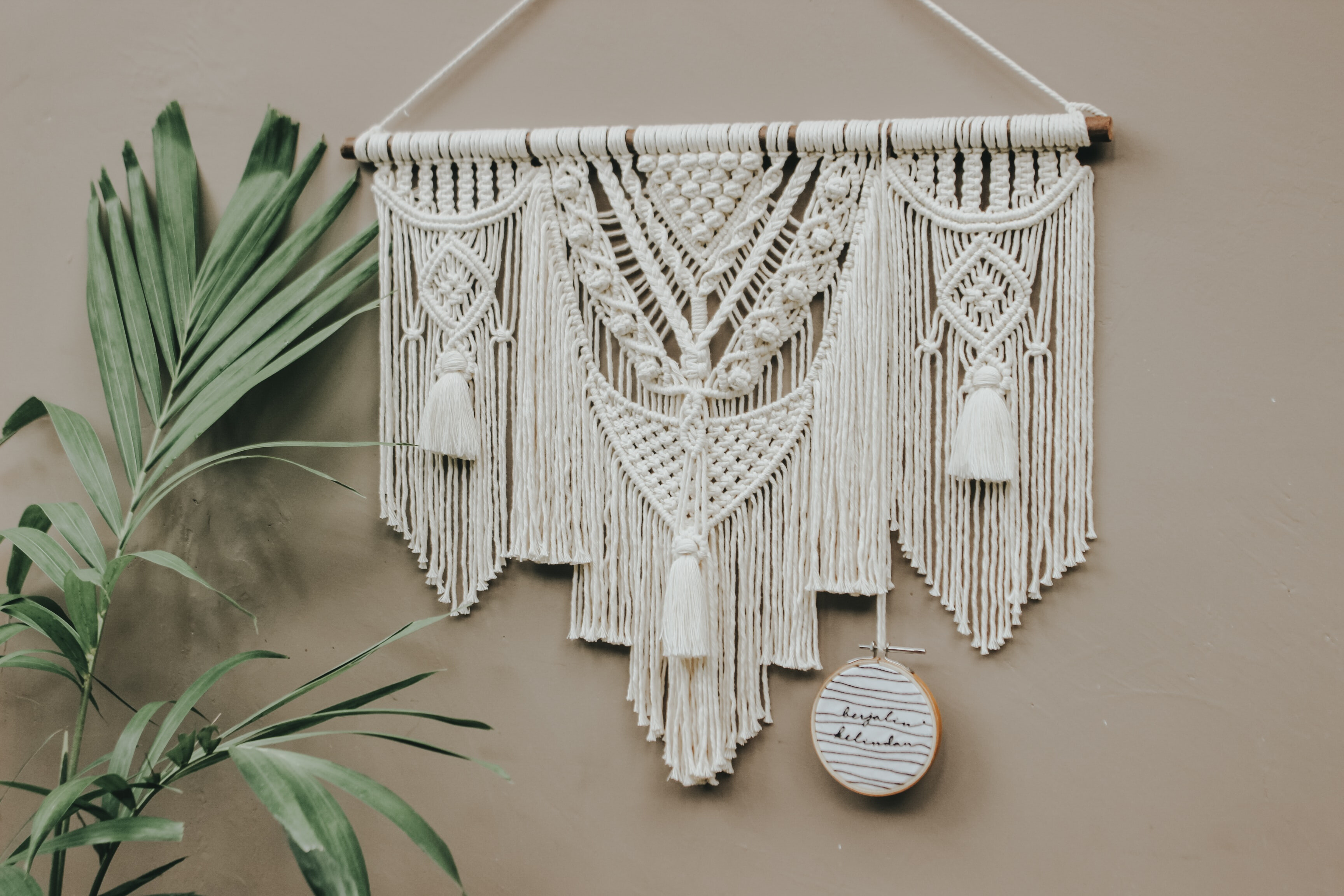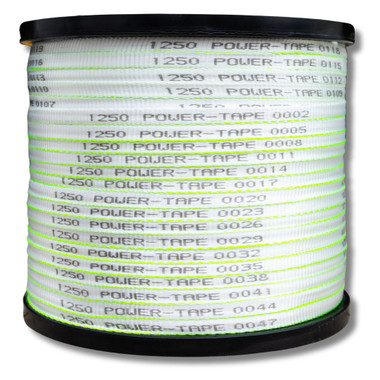Rope For Home Decor: Innovative Uses for Rope in Home Décor
Estimated 0 min read
When you think of rope, your mind probably jumps to the functional side of things—tying down tarps, securing boats, or maybe bundling firewood. But what if I told you that humble, hardworking rope can also be a versatile, budget-friendly, and eye-catching element in your home décor? Whether you're aiming for a rustic, nautical vibe or something a little more contemporary, incorporating rope into your interior design can add warmth, texture, and a unique handmade touch. In this blog, we'll explore several creative ways to use rope in your home and which types of rope are best for each project.
Why Rope?
Rope offers a perfect blend of elegance and simplicity. It's earthy and tactile, but when used creatively, it can create décor that is both rustic and modern. The variety of ropes—natural fibers like jute and sisal, or more polished synthetic ropes like nylon or polypropylene—means there's a style for everyone. Plus, rope décor projects are often DIY-friendly, so you can put your own personal stamp on your space without breaking the bank.
Let's dive into some ways you can elevate your home using rope, from the walls to the furniture, lighting, and beyond.
Note: This is an inspiration-blog designed to give an overview of several options, not a step-by-step DIY blog. We recommend finding more detailed instructions for any project you might undertake, such as our Rope Swing Blog or Rope Railing Blog.
1. Rope Shelves: Rustic Meets Practical
One of the most popular ways to use rope in home décor is for shelving. Rope shelves add a rustic, nautical, or even industrial vibe to a space, depending on how you style them. They're simple to make and provide a unique way to display your books, plants, or knick-knacks. You can even get fancy like our photo and add several shelves on just a few ropes.
Materials:
- Wooden planks (for the shelves)
- Eye hooks
- ½-inch to 1-inch manila or sisal rope (depending on the weight of what you plan to store)
- Drill
Why Manila or Sisal?
Manila and sisal are sturdy natural fibers that offer a rugged, earthy look. These ropes are strong enough to support lightweight to medium-weight shelves. Their texture contrasts nicely with the smoothness of wood, giving your shelves a handmade, organic feel.
How-To:
Drill holes into each corner of your wooden planks, thread your rope through the holes, and knot the rope underneath each corner to hold the shelf in place. Attach the top of the rope to eye hooks anchored in the ceiling or wall. The result? A functional, stylish piece that gives any room a touch of casual charm.

2. Rope Mirrors: Add a Nautical Twist
Want to bring a nautical or rustic touch to your bathroom, bedroom, or hallway? Consider framing a mirror with rope, a perfect look for a lake house or cabin. Round mirrors especially lend themselves well to this look.
Materials:
- A round mirror
- Hot glue gun
- ½-inch to 1-inch Manila rope (depending on the size of the mirror)
Why Manila Rope?
Manila is a strong, durable rope made from natural fibers. It has a slightly rough texture and a tan color, making it ideal for rustic or coastal designs. Its natural strength also ensures that the frame is as functional as it is decorative.
How-To:
Using a hot glue gun, carefully glue the Manila rope around the edge of the mirror. You can layer the rope for a thicker border or keep it single for a minimalist approach. This project is quick, affordable, and adds a lot of character to an otherwise basic mirror.
3. Rope Lighting: Brighten Up Your Space
Lighting is one of the most underrated aspects of home décor, and adding rope to your lighting fixtures can create an eye-catching focal point. From wrapping a rope around a pendant light cord to creating an entire chandelier out of rope, the possibilities are endless.
Materials:
- Pendant light kit
- ¼-inch to ¾-inch manila or cotton rope
Why Cotton or Manila Rope?
Cotton rope is soft, flexible, and easy to manipulate around curves, making it perfect for wrapping around light cords. Manila rope, on the other hand, has more texture and offers a rugged look that works well in rustic or industrial designs. Both types are easy to work with and safe for use in light fixtures when applied properly.
How-To:
Simply wrap the rope around the light cord, securing it with hot glue at the beginning and end. Alternatively, you can wrap the rope around a light shade for a unique and rustic accent.

4. Rope Railings: Bring Texture to Your Staircase
Rope railings aren't just for docks anymore! Installing rope railings on your staircase can add a casual, coastal feel to your home while still being incredibly functional.
Materials:
- Promanila or twisted polyester rope (at least 1.5 inch in diameter for safety, handfeel, and durability)
- Anchors and hooks for the walls
Why Promanila or Twisted Polyester Rope?
Proanila is a great option for its natural look and strength, but if you're worried sun exposure, Twisted Polyester Rope might be the better choice. It's resistant to UV and has incredible durability, making it ideal for outdoor stairs or high-traffic areas.
How-To:
Install sturdy hooks along your staircase wall and thread the rope through, securing it tightly. For a more polished look, use end caps to cover where the rope terminates. This rope railing not only provides a safe grip but also adds a textured, organic element to your home's architecture.

5. Rope Walls: A Bold Statement
Want to go all-in on rope décor? Consider using rope as a feature wall. Rope walls add incredible texture and visual interest, making them perfect for accent walls in living rooms, bedrooms, or even home offices. Below is a simple instruction for a rope wall covering, but rope room dividers like the picture above are also a very popular and beautiful option.
Materials:
- 1 inch up through 2 inch diameter Promanila or Polyester rope
- Mean of fastening rope at the top and bottom
Why Promanila or Polyester Rope?
Both are smooth and stable, and will last a lifetime. Promanila is the most popular because it has a natural appearance and cleans up nicely. If you prefer the more moder look with black, white or blonde colored rope, polyester is an excellent choice!
6. Macramé: The Art of Knotting Rope
Macramé has made a big comeback in recent years, especially in home décor. From plant hangers to wall hangings, macramé is a beautiful way to add a bohemian or vintage touch to your space.
Materials:
- ¼-inch cotton rope or macrame cord
- Macramé patterns (plenty available online)
Why Cotton or Macrame Cord?
Cotton rope is the go-to choice for macramé because it’s soft and easy to knot, making it comfortable to work with, even for beginners. Jute rope is another good option if you’re looking for a rougher, more natural look. Both fibers offer the flexibility needed for intricate knot designs.
How-To:
There are endless tutorials online that teach you how to create macramé pieces, from simple plant hangers to more complex wall hangings. Choose the pattern that fits your skill level and style, and have fun experimenting with different knotting techniques to create something truly unique.
Why Make Your Own Rope Décor?
One of the best things about using rope in home décor is the opportunity to create something with your own two hands. Whether you're making a simple rope shelf or an intricate macramé wall hanging, there's a real sense of satisfaction that comes from DIY projects. Plus, creating your own décor allows you to customize each piece to fit your space perfectly.
Not only is rope inexpensive and easy to work with, but it also offers a way to introduce texture and warmth into a room without being overpowering. Whether you lean toward rustic farmhouse, coastal chic, or modern minimalism, rope is versatile enough to suit any style.
Get Started
Rope is one of those materials that can easily be overlooked, but once you start incorporating it into your home décor, you'll be amazed by the possibilities. From functional pieces like rope shelves and railings to purely decorative touches like macramé wall hangings or rope-wrapped lighting fixtures, there's no shortage of ways to get creative with rope.
So, grab some rope, gather your materials, and get started on your next DIY project. With a little bit of effort and a lot of imagination, you can transform your home with simple, affordable rope décor.
Final Tip: Choosing the Right Rope for Your Project
- Manila Rope: Great for shelves, mirrors, and small décor projects. It offers a natural, rustic look.
- Sisal Rope: Best for natural looking projects that needs a lighter look.
- Promanila Rope: Perfect for railings. It’s strong and has a rugged, with a smooth hand feel and a coastal vibe.
- Cotton Rope: Ideal for macramé and light fixtures. Soft and easy to work with for intricate designs.
- Twisted Polyester Rope: Best for outdoor or high-traffic areas, like stair railings, due to its durability and resistance to UV.
Get inspired, get crafty, and add some rope décor to your home!









